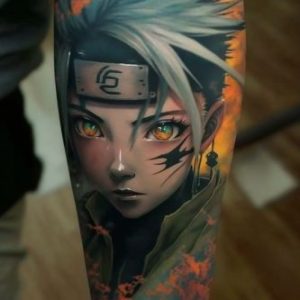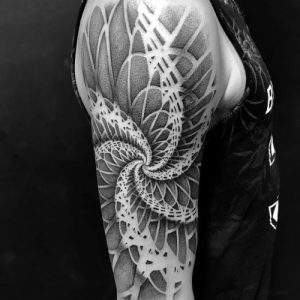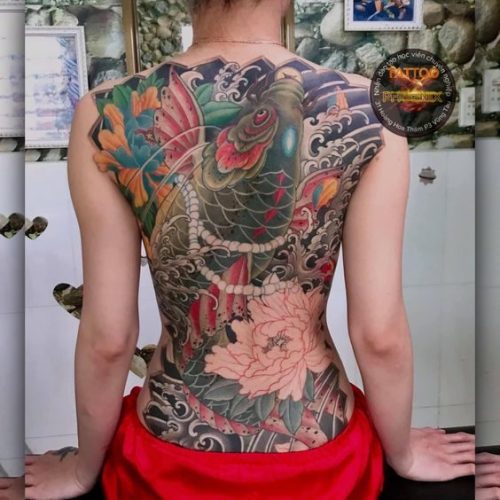
Japanese tattoos have a rich history dating back thousands of years, and they continue to captivate people around the world with their intricate designs and profound symbolism. Whether you’re considering getting a Japanese tattoo or simply intrigued by their cultural significance, this article will delve into the world of Japanese tattoos, exploring their symbols, meanings, and providing design ideas to help you make an informed choice.
The History of Japanese Tattoos
Japanese tattoos, or “irezumi” (入れ墨), have a history that dates back to the Jomon period (approximately 10,000 BCE to 300 BCE). Initially used for spiritual and ceremonial purposes, they gradually evolved into a form of art and personal expression. During the Edo period (1603-1868), tattoos became associated with criminals and the lower class, leading to their criminalization.
In the late 19th and early 20th centuries, Japan underwent a cultural transformation, and tattoos began to regain their cultural significance. Today, they are celebrated worldwide as a unique and meaningful form of body art.
Symbols and Meanings in Japanese Tattoos
1. Koi Fish: The koi fish represents determination and perseverance. According to Japanese folklore, a koi that swims upstream and successfully crosses the Dragon Gate waterfall transforms into a powerful dragon. This symbolizes overcoming adversity and achieving one’s goals.
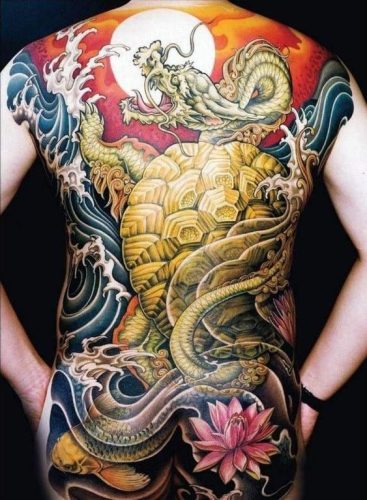
2. Cherry Blossoms: Sakura, or cherry blossoms, are a symbol of the transient nature of life. They remind us to appreciate the beauty of the present moment and the impermanence of all things.
3. Dragons: In Japanese culture, dragons are seen as benevolent creatures that bring good luck and protection. They are often depicted as powerful and majestic beings.
4. Samurai: Samurai warriors embody honor, courage, and loyalty. Tattoos featuring samurai warriors pay homage to these virtues and the warrior spirit.
5. Geisha: Geisha tattoos symbolize beauty, grace, and mystery. They are a tribute to the traditional Japanese entertainment culture and the art of the geisha.
6. Hannya Mask: The Hannya mask represents a jealous and vengeful female spirit. It is a symbol of inner conflict, transformation, and the struggle between good and evil.
7. Phoenix: The phoenix is a symbol of rebirth and renewal. It represents the ability to rise from the ashes and start anew after facing adversity.
8. Bamboo: Bamboo is a symbol of strength and resilience. It bends but does not break, making it a powerful representation of endurance and adaptability.
Design Ideas for Japanese Tattoos
1. Sleeve Tattoos: A traditional Japanese sleeve tattoo, known as a “irezumi” or “horimono,” covers the arm from the shoulder to the wrist. It often features a combination of symbols and motifs, creating a visually stunning and meaningful design.
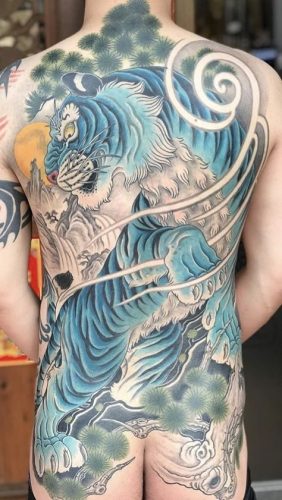
2. Back Piece: A large back tattoo allows for intricate designs like dragons, koi fish, or samurai warriors to be beautifully showcased. This canvas provides ample space for creating a captivating and meaningful artwork.
3. Chest Tattoos: Chest tattoos featuring symbols like cherry blossoms, bamboo, or the phoenix are both striking and symbolic. They are a way to express strength and personal growth.
4. Leg Tattoos: Japanese leg tattoos are a popular choice for those who want a significant piece of artwork. They can incorporate various symbols and themes, allowing for creativity and personalization.
5. Small Tattoos: If you prefer a more subtle approach, consider smaller Japanese tattoos. Symbols like cherry blossoms, dragons, or koi fish can be beautifully rendered in a smaller size, making them suitable for wrists, ankles, or other discreet areas.
Conclusion
Japanese tattoos are not just body art; they are a profound expression of culture, history, and personal values. Each symbol and motif carries a unique meaning, allowing individuals to tell their stories through ink.
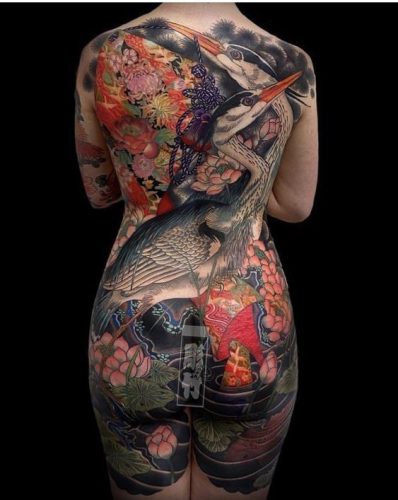
Before getting a Japanese tattoo, take the time to research and consult with a skilled tattoo artist who can help you create a design that resonates with your own journey and aspirations. Whether you choose a traditional design or a modern interpretation, a Japanese tattoo can be a powerful and lasting form of self-expression.

